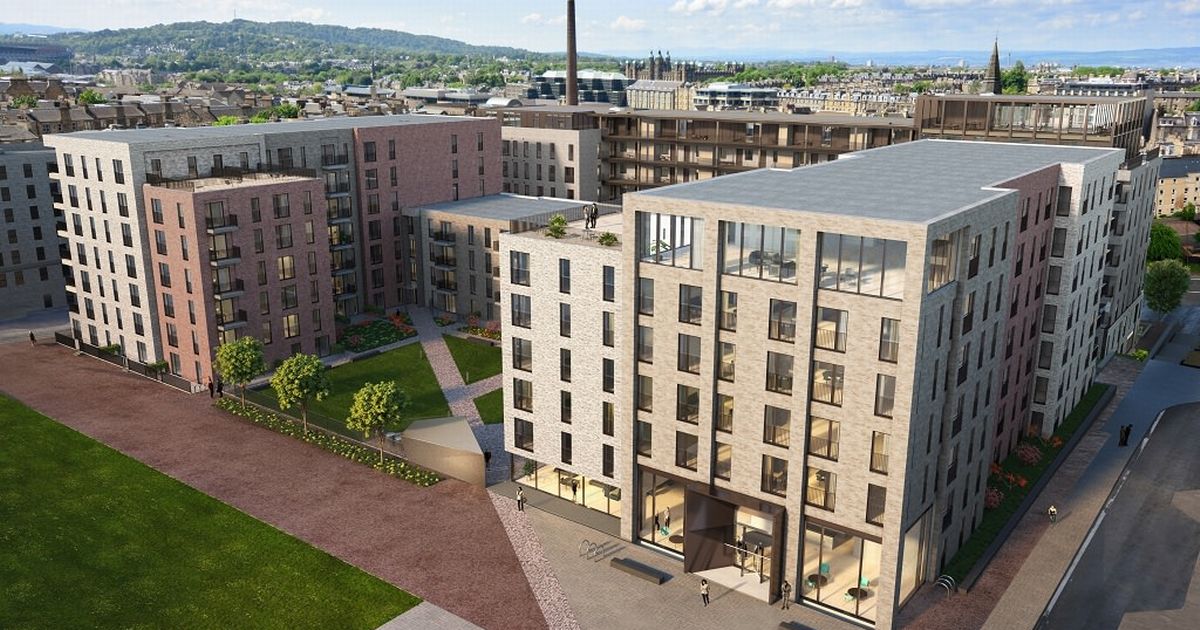In the 1990s the British anthropologist Robin Dunbar pointed out a connection between the size of our brains and the size of our preferred social group. His research identified “the number of people you would not feel embarrassed about joining uninvited for a drink if you happened to bump into them in a bar.” That number, perhaps surprisingly, was 150.
Dunbar realised that hunter-gatherer societies tended to cluster around an average of 150 members. Neolithic farming villages tended to have 150 inhabitants. It’s the same with army units, Christmas card lists, and companies. In his book The Tipping Point, Malcom Gladwell gives the example of a company called Gore-Tex, whose management found by trial and error that the optimum number of employees per office building was, as Dunbar would predict, 150. More than that, and various social problems began to occur.
Anthropologists may disagree about the exact figure, but in general, it seems that a community of roughly 150 people will be able to self-regulate with effective communication and a basic level of altruism. Group members will be reluctant to lose face. Military psychologists have taken an interest in Dunbar’s research in their efforts to improve unit cohesion and morale. Software engineers have also made use of his findings to understand social networks. It seems that 150 or thereabouts is the ideal number for group cohesion.
Why should this interest us? In the multi-tenant real estate sector, the average number of units per development is, according to Statista, 141.* That number looks set to increase. But for the time being it raises an interesting question: why are operators not taking more advantage of the insights of behavioural science with, for example, nudging?
Research by Utopi, Ask4 and Spike Global suggests that reaching out to residents with personalised data on energy use could actually lower the overall energy use of a multi-tenant building by as much as 35%. (You can access the full study here.) We already have the technology to make this possible. Utopi uses IoT sensors and sub-metering to build up a detailed understanding of building energy consumption, and then display the findings in real time.
The research shows that in the real world there is no “average” energy user: some use less, others more, and some outliers use far more than the average. Operators would benefit from (a) knowing who these people are, and (b) reaching out to them with personalised data showing energy use, water use, and ways to save.
It has been said before that in multi-tenant developments, community is very important. Residents who feel a sense of belonging are far more likely to behave in ways that benefit the collective good. If the Dunbar number is correct, operators have ideal leverage to nudge, engage and inform residents, and promote energy saving.
